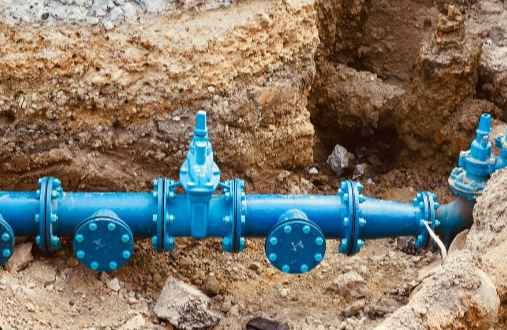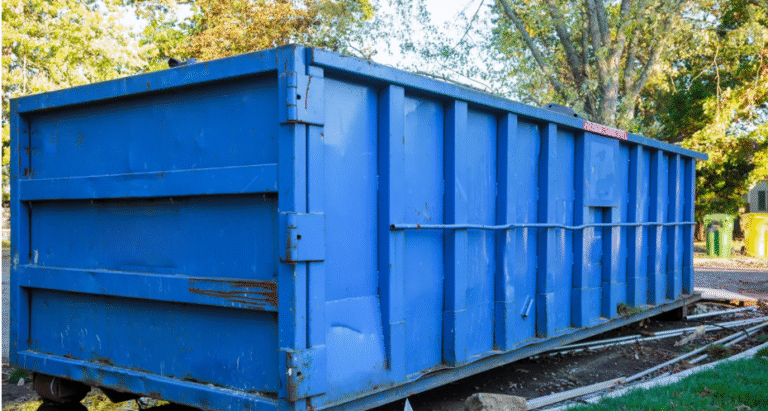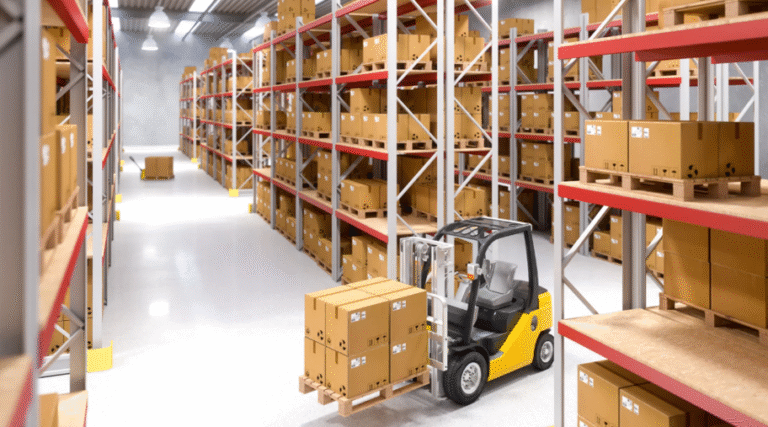The Future of Digging Safely: Vacuum Excavation Uncovered
In the world of excavation, safety has always been a top priority. The risks associated with traditional digging methods have led to a continuous search for safer, more efficient alternatives. Enter vacuum excavation, a technology that has revolutionised the way excavation is performed and has quickly become an essential part of modern construction and utility work. This article delves into the details of this innovative method, uncovering the future of digging safely.
What is Vacuum Excavation?
Vacuum excavation is a non-destructive digging method that uses high-pressure air or water to break up soil, which is then removed through a powerful vacuum system and deposited into a debris tank. This process is also known as hydro excavation when water is used, and air excavation or ‘suction excavation’ when air is the primary medium.
The Advantages Over Traditional Excavation
The traditional excavation methods often involve heavy machinery, manual digging with shovels, and the use of other invasive tools. While these methods have been effective, they come with a series of drawbacks, including potential damage to underground utilities, higher risk of accidents, and disruption to the surrounding environment. Vacuum excavation presents numerous advantages such as increased safety, reduced risk of utility strikes, minimal ground disturbance, and greater precision.
Safety First: Protecting Workers and Infrastructure
The safety improvements brought by vacuum excavation are considerable. By reducing the need for manual digging, vacuum excavation minimises the physical strain on workers and the associated risk of injury. More importantly, it reduces the likelihood of accidentally striking and damaging underground utilities such as water pipes, gas lines, telecommunications cables, and electric wires. Strikes on these utilities can lead to severe consequences, including service outages, costly repairs, and even explosions or electrocutions.
Environmental and Economic Consideration
Environmentally speaking, vacuum excavation is kinder to the surrounding area. The precision of the technique means that only the necessary soil is removed, preserving the natural landscape and reducing the amount of waste material generated. From an economic standpoint, this method can lead to cost savings by preventing utility damage, reducing waste, and in many cases, completing the job faster than traditional methods would allow.
Adapting to Various Conditions
One of the most significant benefits of vacuum excavation is its adaptability. It can be used in a wide array of soil types and environments. Whether the job requires careful navigation around sensitive ecosystems or the removal of stubborn, compacted soil in an urban setting, vacuum excavation can be adjusted to suit the situation.
Training and Expertise
While vacuum excavation is inherently safer, it is not without the need for proper training and expertise. Operators must understand the nuances of the equipment and the best practices for its use. Furthermore, knowledge of the local ground conditions and existing infrastructure is crucial in planning and executing successful vacuum excavation projects.
Regulations and Best Practices
Governments and industry bodies have recognised the benefits of vacuum excavation and have started to include it in their regulations and recommended best practices. This integration ensures that vacuum excavation will remain a staple in the excavation industry and that operators will have clear guidelines to follow for safe and efficient usage.
Technological Innovations Driving the Industry
The future of vacuum excavation looks bright, with ongoing technological advancements making the process even more efficient and safe. Innovations in machinery, such as improved debris filtration systems and more precise excavation tools, continue to push the boundaries of what can be achieved.
Challenges and Considerations for Adoption
As with any technology, there are challenges to the widespread adoption of vacuum excavation. The initial investment in equipment can be significant, and there may be a learning curve for businesses transitioning from traditional methods. However, the long-term benefits, especially in terms of safety and cost savings, are a compelling argument for its integration into standard excavation practices.
Conclusion: Digging into the Future
Excavation work has come a long way thanks to innovations like vacuum excavation. By enhancing safety, minimising environmental impact, and promoting efficiency, vacuum excavation represents the vanguard of excavation technology. It is not only a best practice for today but also a herald of safer and smarter construction and maintenance work ahead.
As we look towards the future, it’s clear that vacuum excavation will continue to play a pivotal role in shaping the industry. Its impact on safety standards, environmental preservation, and operational efficiency is undeniable. With continued improvement and wider adoption, vacuum excavation is set to remain the gold standard in digging safely and sustainably.
For construction companies, utility providers, and anyone involved in the digging and excavation sector, vacuum excavation represents a step into a safer future. It is a technology that delivers on its promise and allows for progress without sacrificing the well-being of workers or the integrity of vital underground infrastructure. The future of digging safely is here, and it is being powerfully uncovered by the evolution of vacuum excavation.
Those looking to explore the possibilities of vacuum excavation for their next project are encouraged to delve deeper into this transformative approach. It’s a technology that safeguards our past while clearing the ground for a secure and prosperous future.






